The Road to Yesterday

Yesterday, I took a trip back in time. To a lesser extent, to some of my personal history, but more importantly, to an era that was once an integral part of the Ozarks lifestyle, but has now mostly passed from the memory of any living being.
Grist mills were once found everywhere, harnessing the power of the abundant springs and rivers to mill the grain products that were grown in the fertile creek bottoms. That they existed is still evident in place names that reference an enterprise that was the hub and social center of many small communities that have long since vanished. At best, one might find a few flats stones that outline the foundation of homes and buildings. Along the creek, there might still be remnants of the dams and millraces that captured and diverted the water to the driving mechanisms of the mills. Mossy and worn, they appear to be only part of the natural landscape except to the sharp eye that knows what to look for. It's a funny thing to me that, often the barns that were part of a homestead are still standing, while the houses are long gone.
By their very nature, the mills were ephemeral, given that fires were common due to the highly flammable nature of grain dusts. They were vulnerable to the floods that inevitably rampage through the Ozarks, the waters quickly rising to heights that are impossible to imagine during the sleepy, dry days of summer, and falling just as quickly, leaving destruction in its path.
Some of the mills were casualties of the Civil War, torched by Union and Confederates both. As Missouri was a state of divided loyalties, they were safe from neither side.
A few of the mills have survived or were rebuilt to continue operation. Some of them have fallen under the care of the state parks system, and their preservation from the elements are assured. But for others, time is marching on.
I had some out-of-state visitors, and, as is almost mandatory, I took my cousin and her husband for lunch at Rockbridge Trout Ranch. Originally a mill and community, consisting of a bank, post office, and the general store that usually sprang up along with the mill. The general store is now a beautiful restaurant overlooking the banks of Bryant Creek. Closer to the water, you can enjoy a drink at the bar on the first floor of the mill, calmed by the never-ending flow of the water over the dam, and watching fishermen cast their delicate fly-fishing lines to schools of trout in the pool below.
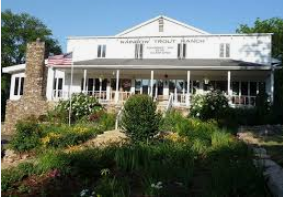
It was a beautiful day for a drive through the Ozarks, the mid-80's temps a relief from the extreme heat of the earlier summer. There was not much evidence of fall foliage yet, although the walnut trees were shedding yellow leaves and the sumac had turned red in a few places.
After asking directions twice, I managed to get us to Hodgson's Mill, via N Highway that also runs directly through Brixey, another abandoned community. While writing this, I wondered if Brixey had its own mill, or if the early settlers would have taken their product as far as Rockbridge. Only a few minutes by car, but a good jaunt with a team and wagon. A quick search found no information.
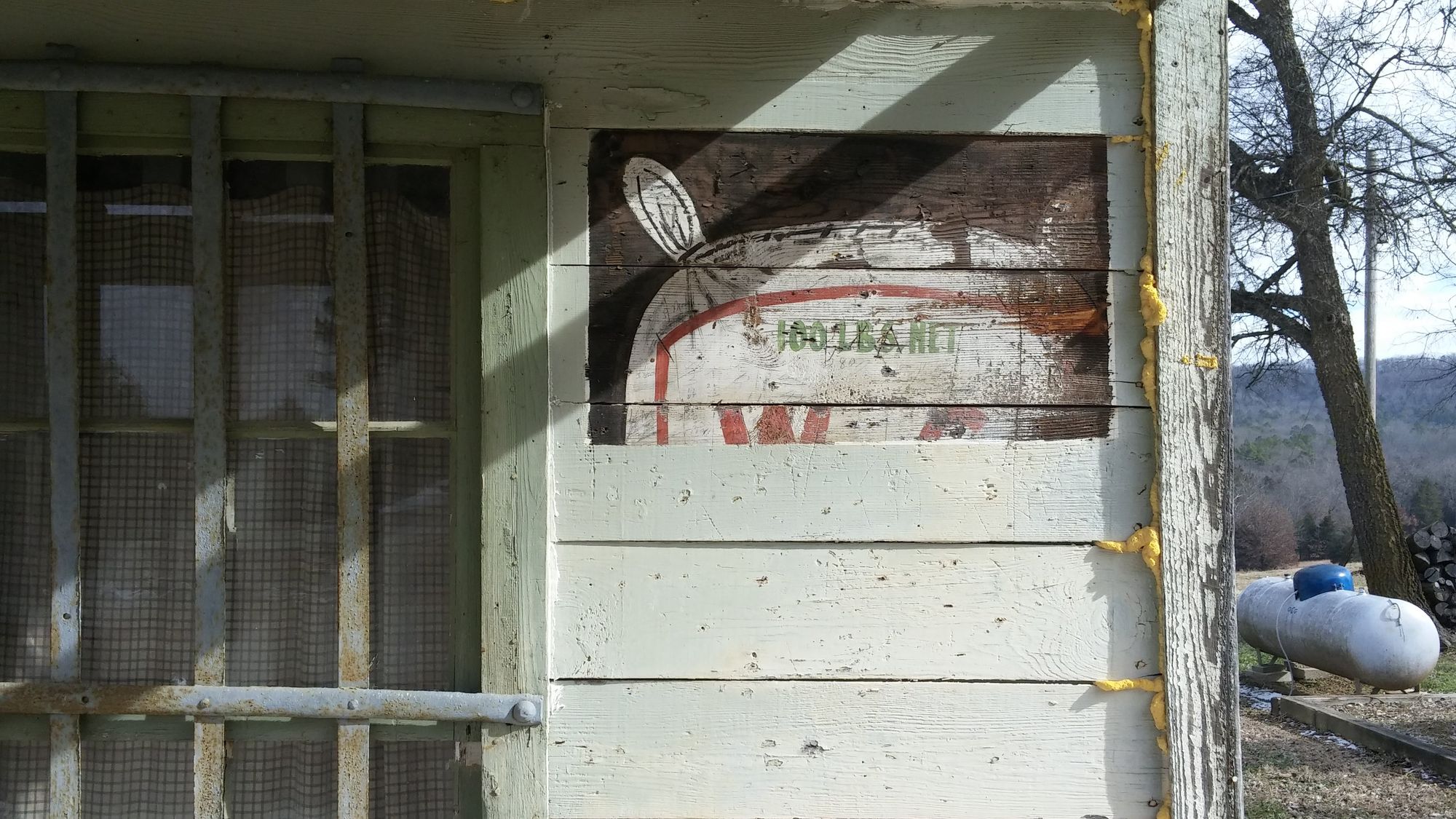
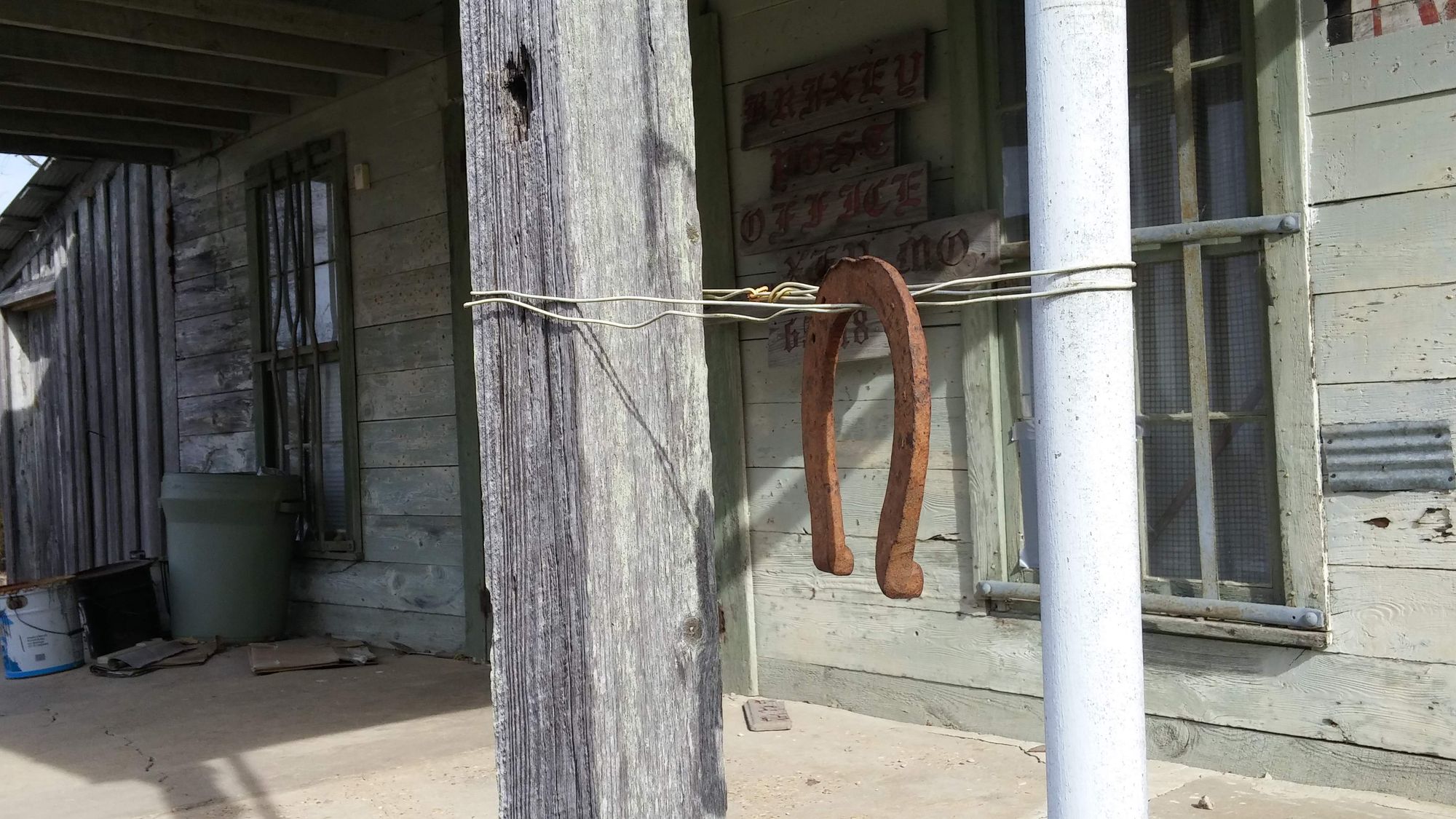
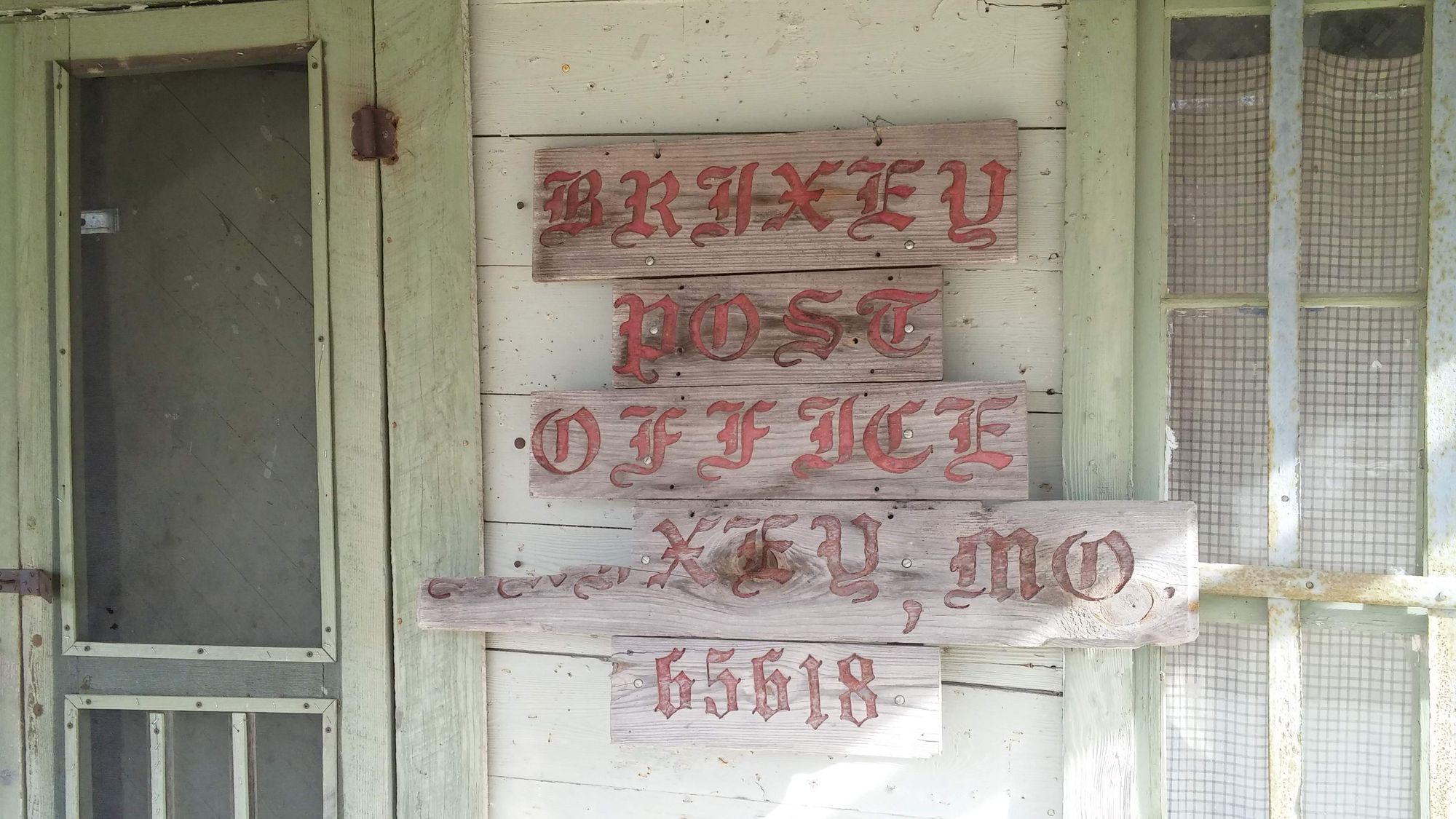
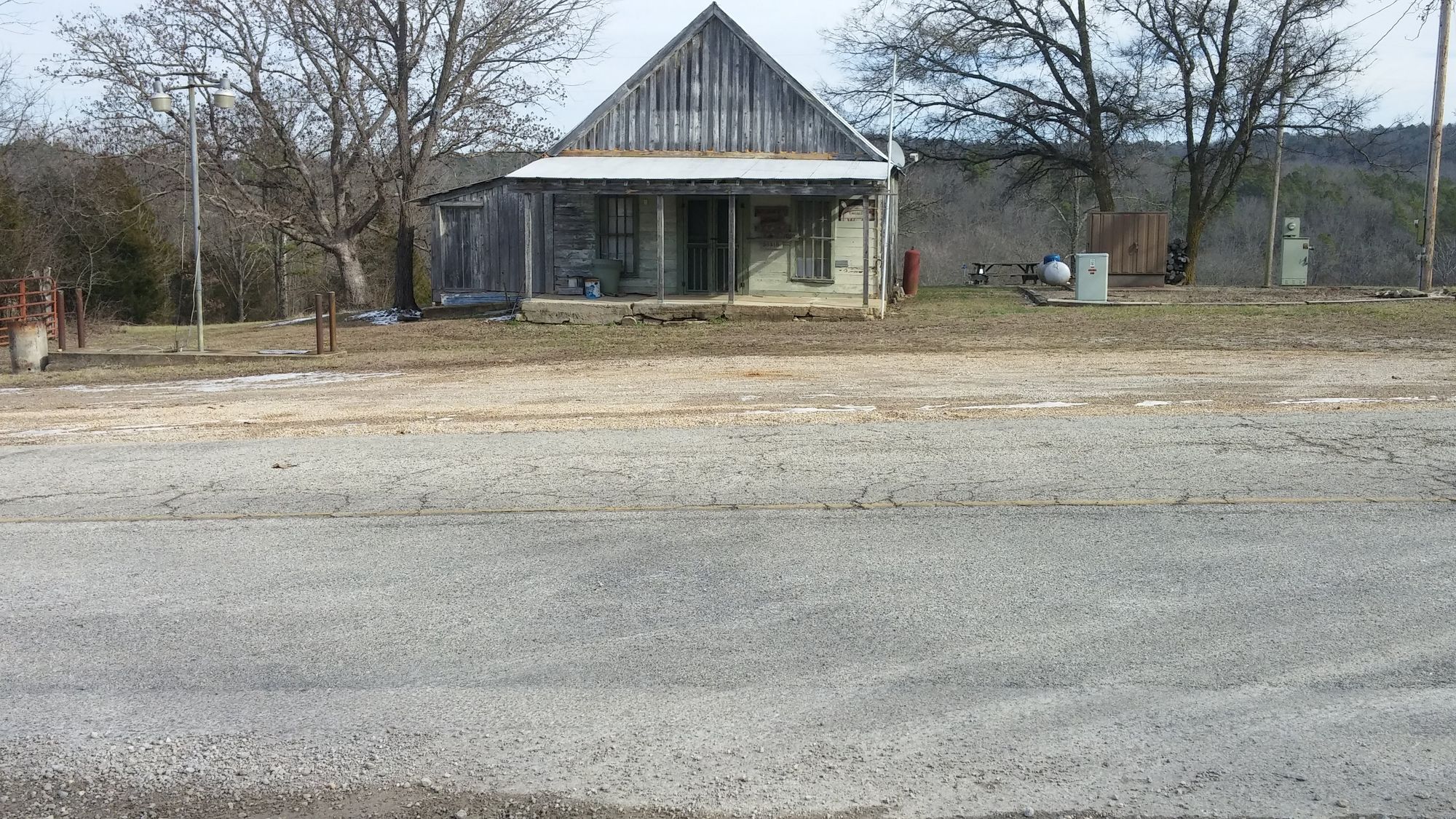
Store and post office ceased operating in 2007.
When we arrived at Hodgson's, what a shock. I was devastated at the air of abandonment that surrounded it. Populated by only one lone, scraggly chicken, it hurt when compared to the Aid-Hodgson's Mill I remembered, when there was a store that sold flour ground on-site, molasses syrup, and other home-grown products. It is still delightfully creepy though, in that the mill is actually built over the deep cavernous spring from whence the water comes that powered the wheel. From the ground you can peer over the railing into the dark depths of the fissure, the millions of gallons of cold, cold, water springing from unexplored, and unexplorable sources. On the second, and main floor, of the mill, you feel an immediate change in temperature as you step out onto the old boards that are the only thing between you and a drop into the rocky, water-filled pit below. The bedraggled old rooster kept watch from a safe distance as we prowled the silent grounds, the only sound was the breeze that stirred the leaves. Red wasps discouraged any close examination of the machinery, but my cousins were thrilled at the watercress and duck weed in the creek. Coming from the dry plains of Texas, they were amazed at the by the clarity and temperature of water straight from deep in the earth.
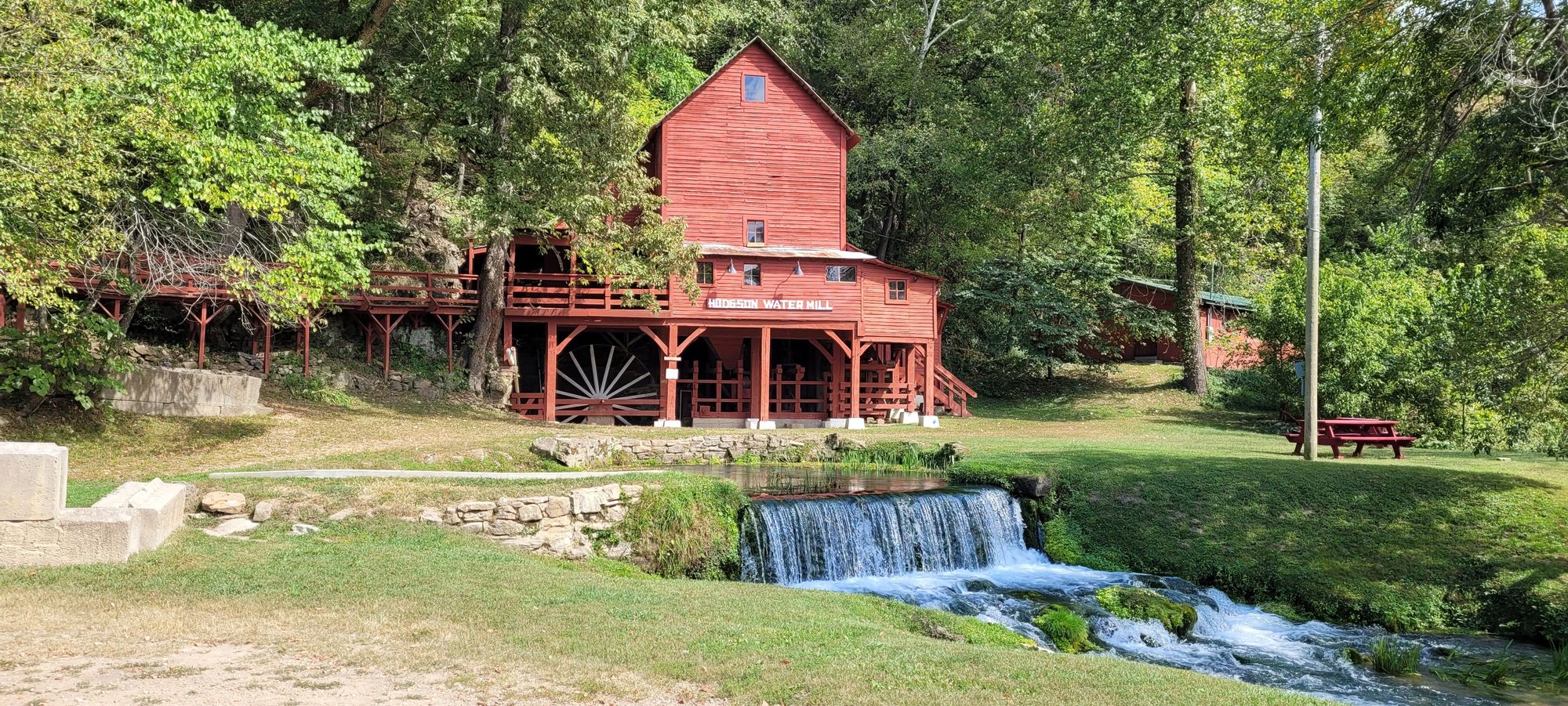
Departing, we left Hodgson's Mill to its stuporous slumber and the aura of gentle spirits that remain.
There was plenty of daylight left, so I suggested a visit to one more mill I knew was in the area. Sporadically, on the hilltops, I had enough Internet service to find directions. I've been there a number of times, but each time I go, it feels like I've stepped through a time warp, back into the past. Knowing that the owner had passed away several years ago, I feared that I would find a repeat of Hodgson's Mill, just a sad, shuttered, collection of weathered clapboard gradually succumbing to the inevitable. To my great joy, that was not what we found at all.
